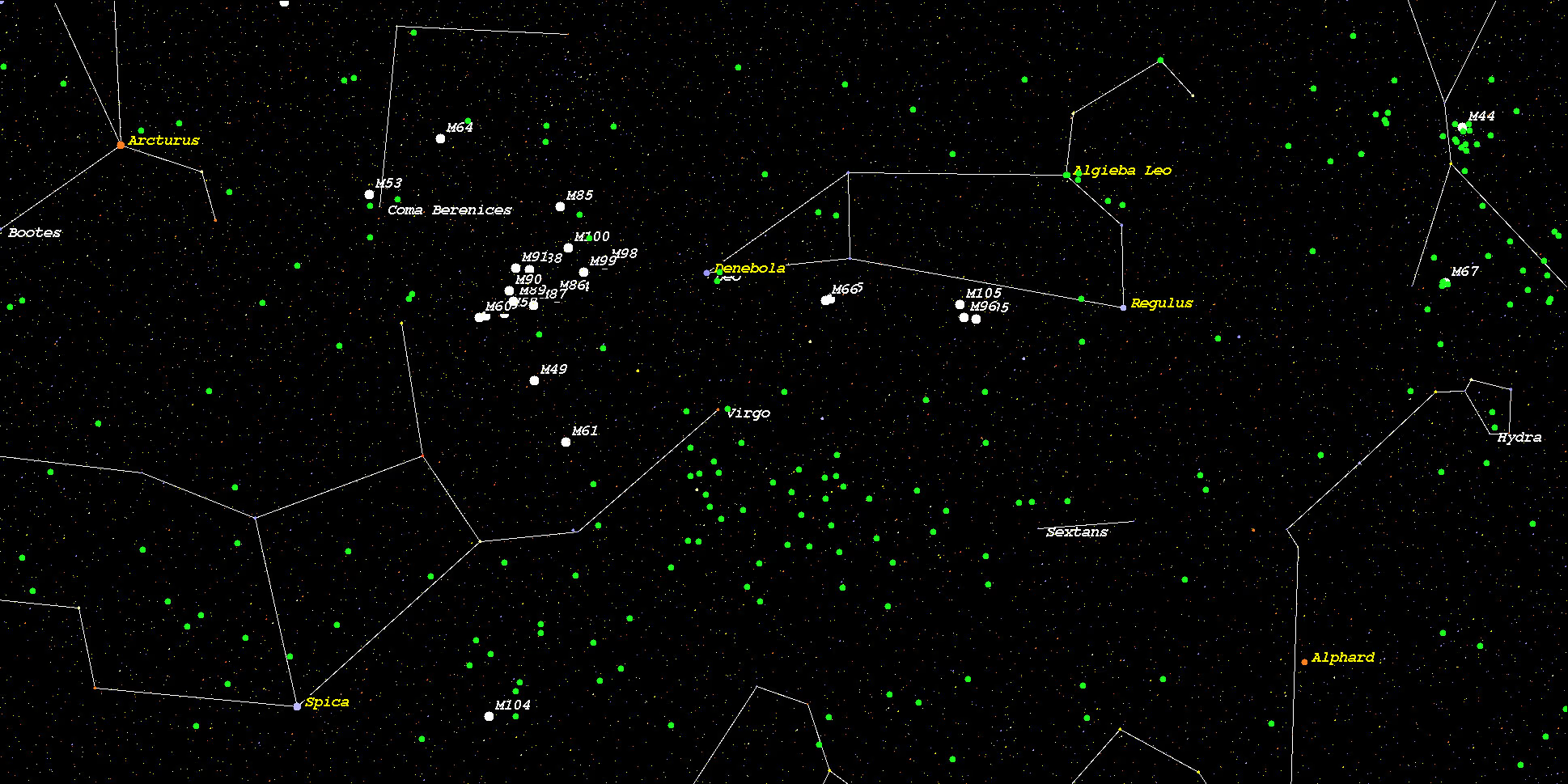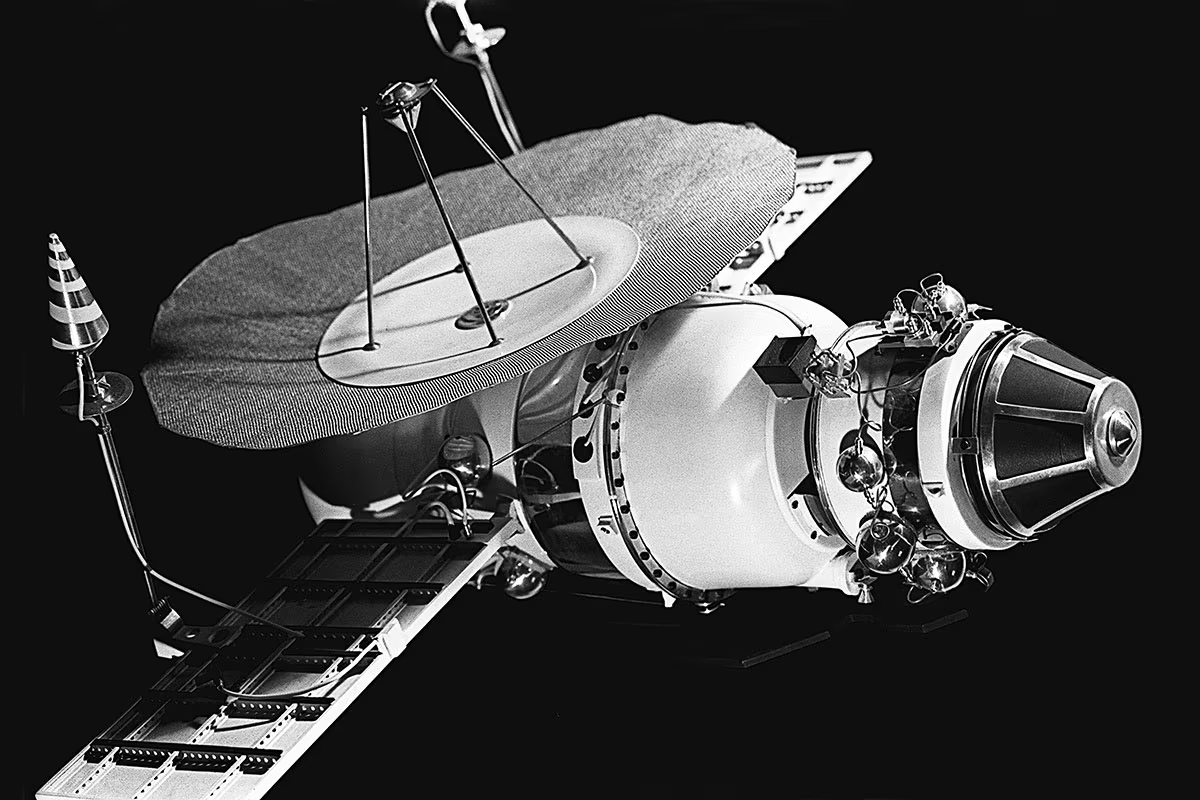As Carl Sagan once envisioned in Cosmos—dreaming of "pale blue dots" where alien civilizations might bloom—humanity has long searched the skies for signs of life. In autumn 2023, the James Webb Space Telescope detected methane, carbon dioxide, and a possible trace of dimethyl sulfide in the atmosphere of exoplanet K2-18b—a gas produced on Earth only by living organisms. Now, in spring 2025, scientists have made their first official statement: these data may indicate the possible presence of life beyond our Solar System.
Even if the hypothesis turns out to be false, its scientific weight signals that we are entering a new phase—not just the search for life, but the beginning of its recognition.
From a scientific perspective, this discovery could be as transformative as the first spectrum ever captured from a distant star—a shift in perception. If the presence of DMS and other biosignatures is confirmed, it would mark the first observed indication of possible life beyond Earth. But it's not just what was found that matters—it’s where: K2-18b is not an Earth-like planet but a mini-Neptune with a dense hydrogen-rich atmosphere. Its temperatures may allow for liquid water beneath the surface, in a global ocean hidden beneath the gas layer. Such worlds are now being called Hycean planets—from "hydrogen" and "ocean".
For the first time in history, astrobiology is faced with a real chance that life may have arisen in environments previously considered exotic. This not only broadens the search zone but also demands new theoretical frameworks. Just as biologists once discovered life at deep-sea hydrothermal vents, astronomers are now considering the possibility of life in hydrogen-dominated worlds. Even if the detected gases turn out to be products of abiotic processes, they will force scientists to rethink models of atmospheric chemistry and evolution.

Location of the star K2-18 and its exoplanet K2-18b on the star map. Zoom level: 3.
Comparing the James Webb Space Telescope to the discoveries of earlier eras, it resembles the telescope of the Magellan age: it doesn't just reveal the distance—it redraws the map. Thanks to its infrared spectrometers, scientists were able to determine the composition of a distant planet's atmosphere using transit spectroscopy—a method that analyzes starlight passing through a planet’s atmosphere during transit and identifies the absorbed wavelengths to detect specific gases.
In the case of K2-18b, researchers identified methane and carbon dioxide, along with a possible trace of dimethyl sulfide—a compound that on Earth is produced almost exclusively by living organisms. This technological breakthrough is on par with humanity’s first ability to analyze the composition of distant stars. Now we are doing the same with entire worlds. In the future, this experience will pave the way for direct imaging of exoplanets, the search for technosignatures, and potentially the detection of alien civilizations—but it all begins with these molecular fingerprints.
K2-18b may serve as a kind of mirror for understanding our own planet. If there truly is a world where an ocean beneath a hydrogen-rich atmosphere supports biological activity, it would suggest that life is a more universal phenomenon than previously believed.
Interestingly, the dimethyl sulfide detected by the telescope is the same gas that gives sea breeze its distinctive scent. On Earth, it is produced by microscopic algae. If a similar process is occurring on K2-18b, we may have just "smelled" alien biology—albeit only in spectral form.
Discoveries like this remind us that an atmosphere is the fingerprint of life. And if we learn to recognize such fingerprints on other planets, we may start viewing our own atmosphere not just as a resource, but as a fragile layer of biological memory. In looking to distant worlds, we gain a deeper appreciation for the value of our own.

Image of the star K2-18.
If this story were a scene from a film like Contact or Interstellar, it would probably be accompanied by orchestral music and a radio signal from an alien planet. In reality, it’s more modest: a scientific paper, spectral curves, cautious wording. But the cultural impact of such discoveries is no less significant.
Such findings remind us: an atmosphere is a fingerprint of life. And if we learn to recognize these fingerprints on other planets, we might begin to treat our own atmosphere not just as a resource, but as a fragile layer of biological memory. Looking into distant worlds helps us better appreciate the value of our own.
Just as the first images of Earth from space reshaped ecological awareness, the first signs of possible life beyond Earth may change our philosophical outlook. Perhaps K2-18b will not become an address, but a metaphor: there is something out there—alive—and we are capable of seeing it. Even if, for now, it's only in the form of spectral light on a monitor.
The discovery on K2-18b is not an end, but the beginning of a new phase in our exploration of the Universe. From scientific, technological, ecological, and cultural perspectives, it shifts the boundaries: from where life might exist—to how we recognize it. This is not a story about having found the answer, but about finally having a serious way to look for it.
Far from Earth

Still Alone in the Universe
Why the SETI Project Hasn’t Found Extraterrestrial Life in 40 Years?

The Milky Way From All Corners of the Earth
Stunning Images From the Annual Capture the Atlas Photo Contest

